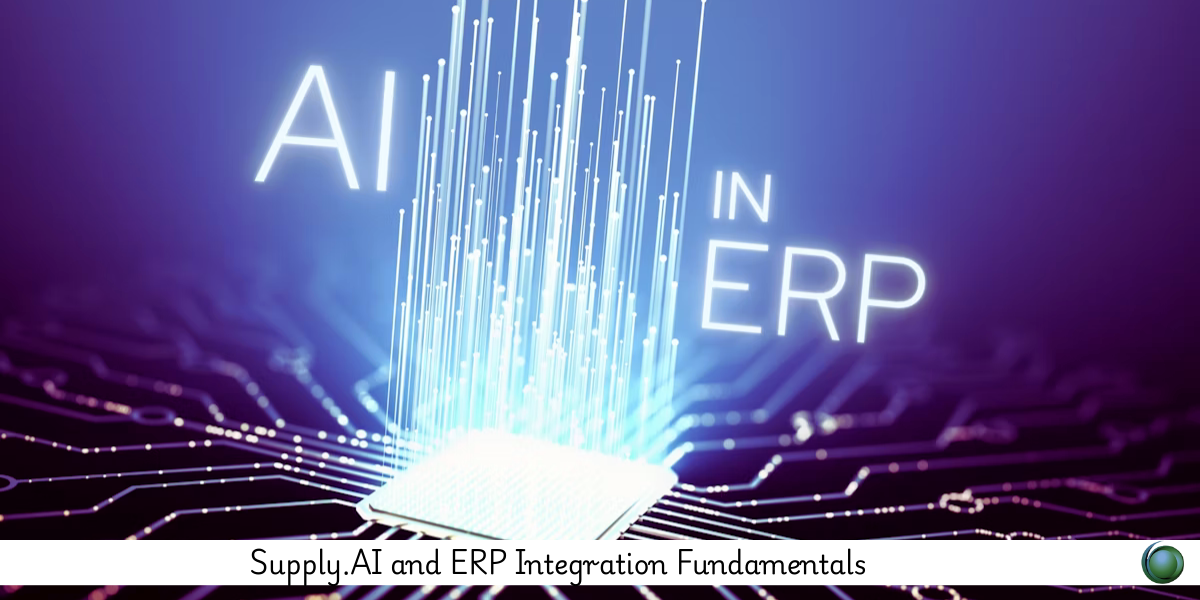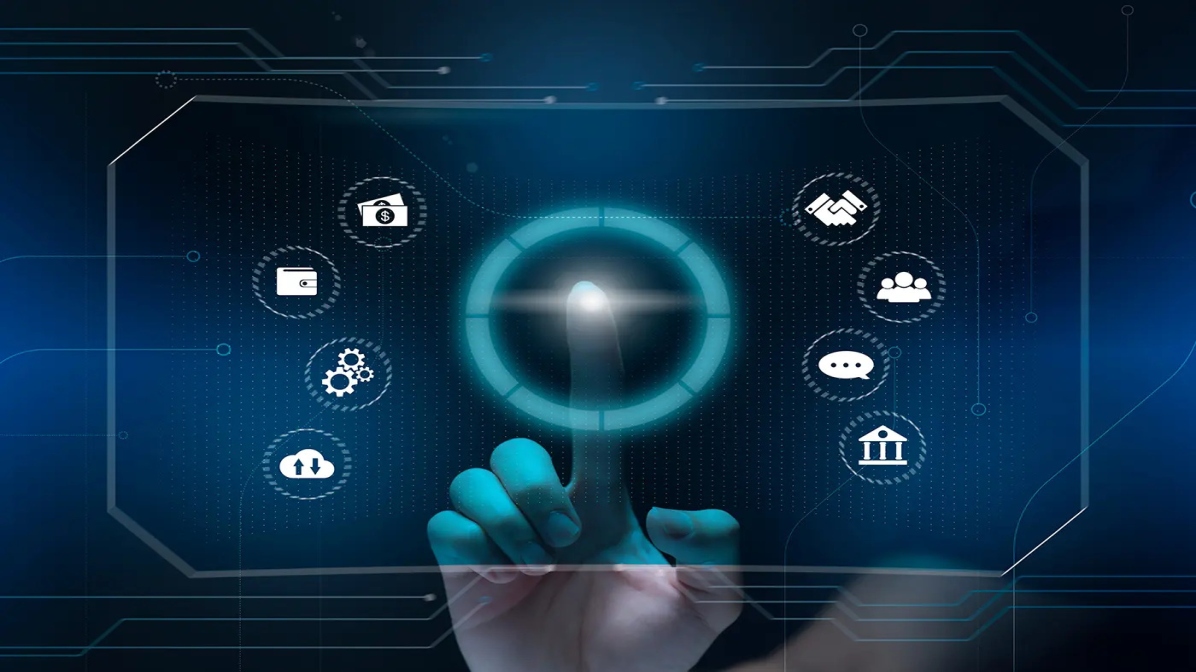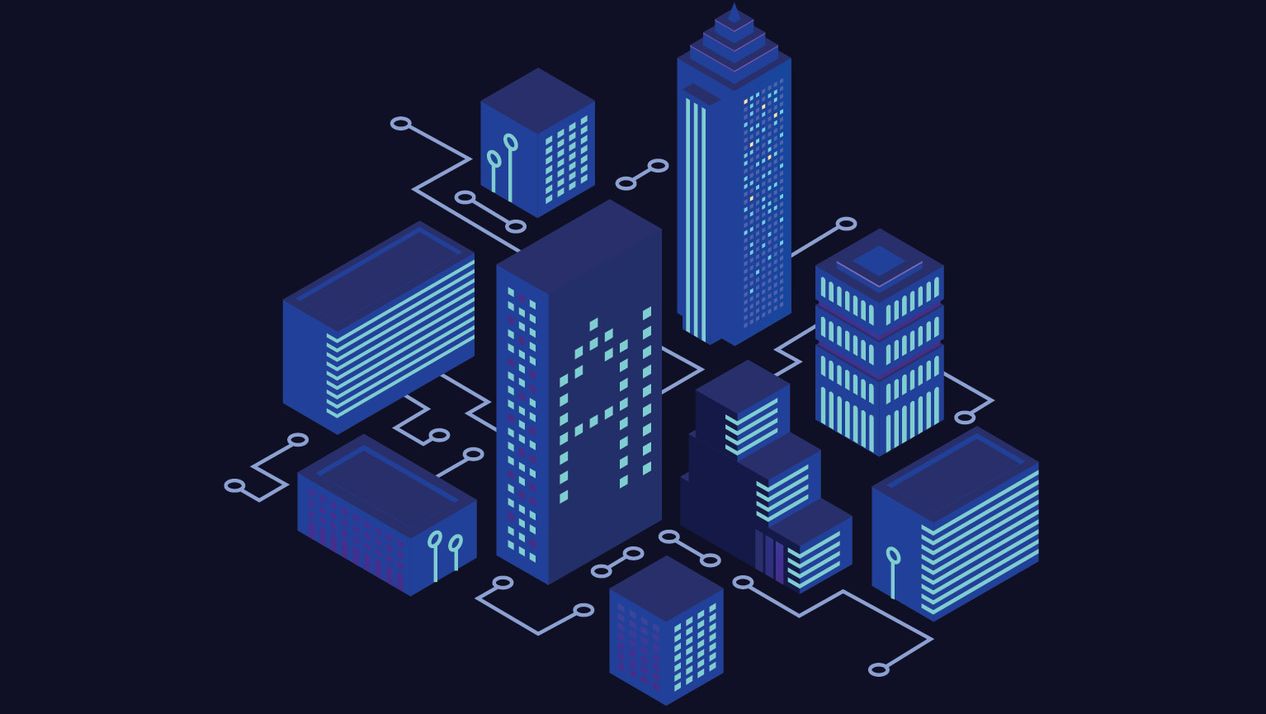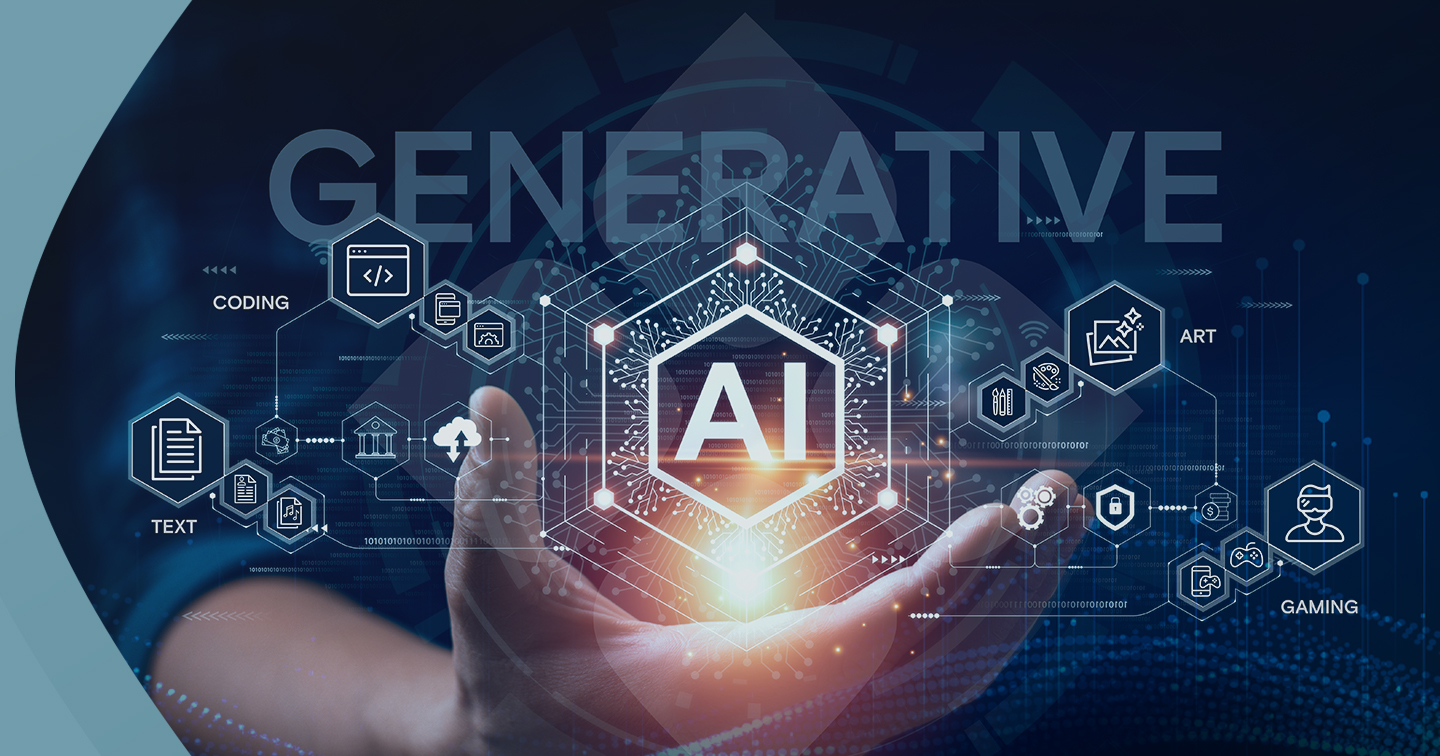Description
Introduction
Integrating AI-driven platforms like Supply.AI with enterprise resource planning (ERP) systems unlocks powerful opportunities for streamlined, data-informed supply chain operations. This course introduces the fundamental concepts, methods, and best practices for connecting Supply.AI with leading ERP systems—ensuring seamless data exchange, improved visibility, and actionable insights across procurement, inventory, production, and logistics workflows. You’ll learn how to architect and implement effective integration strategies that maximize both ERP stability and AI-driven agility.
Prerequisites
-
Basic understanding of supply chain management and ERP concepts
-
Familiarity with ERP systems (SAP, Oracle, Microsoft Dynamics, etc.)
-
General knowledge of data integration (APIs, ETL, etc.) is helpful but not required
Table of Contents
1. Introduction to ERP and Supply.AI Integration
1.1 Why Integrate ERP with Supply.AI?
1.2 Key Benefits of Integration for Supply Chain Operations
2. Overview of ERP Systems and Data Structures
2.1 Common ERP Platforms (SAP, Oracle, Microsoft Dynamics, etc.)
2.2 Key Supply Chain Modules in ERP (Procurement, Inventory, Logistics)
2.3 Understanding ERP Data Models and Schemas
3. Supply.AI Data Architecture and Integration Capabilities
3.1 Core Data Entities in Supply.AI
3.2 APIs, Data Connectors, and Integration Points
3.3 Data Security and Compliance Considerations
4. Integration Strategies and Approaches
4.1 Batch Data Integration vs. Real-Time Data Sync
4.2 API-Based Integration Fundamentals
4.3 Middleware and Integration Platforms (iPaaS) Overview
5. Setting Up Data Connectivity
5.1 Configuring APIs and Endpoints in ERP
5.2 Establishing Secure Connections to Supply.AI
5.3 Mapping Data Fields and Formats
6. Synchronizing Master and Transactional Data
6.1 Product, Supplier, and Customer Master Data Integration
6.2 Syncing Inventory, Orders, and Shipments
6.3 Managing Data Consistency and Integrity
7. Automating Workflows Between ERP and Supply.AI
7.1 Triggering AI-Driven Insights Based on ERP Transactions
7.2 Automating Purchase Orders, Inventory Replenishment, and Demand Forecasts
7.3 Streamlining Exception Management and Alerts
8. Monitoring, Maintenance, and Troubleshooting
8.1 Monitoring Data Flows and Integration Health
8.2 Handling Data Errors and Sync Failures
8.3 Best Practices for Ongoing Maintenance
9. Security, Compliance, and Governance
9.1 Ensuring Data Privacy and Secure Transfers
9.2 Managing Access Control and User Permissions
9.3 Regulatory Considerations (GDPR, SOX, etc.)
10. Case Studies and Best Practices
10.1 Successful Supply.AI and ERP Integration Scenarios
10.2 Lessons Learned and Common Pitfalls
10.3 Building Scalable and Future-Proof Integrations
A robust integration between Supply.AI and your ERP system empowers smarter, faster, and more accurate supply chain decisions. You are now equipped with the foundational skills to design, implement, and manage seamless, secure, and scalable ERP-Supply.AI integrations that deliver real business value.







Reviews
There are no reviews yet.